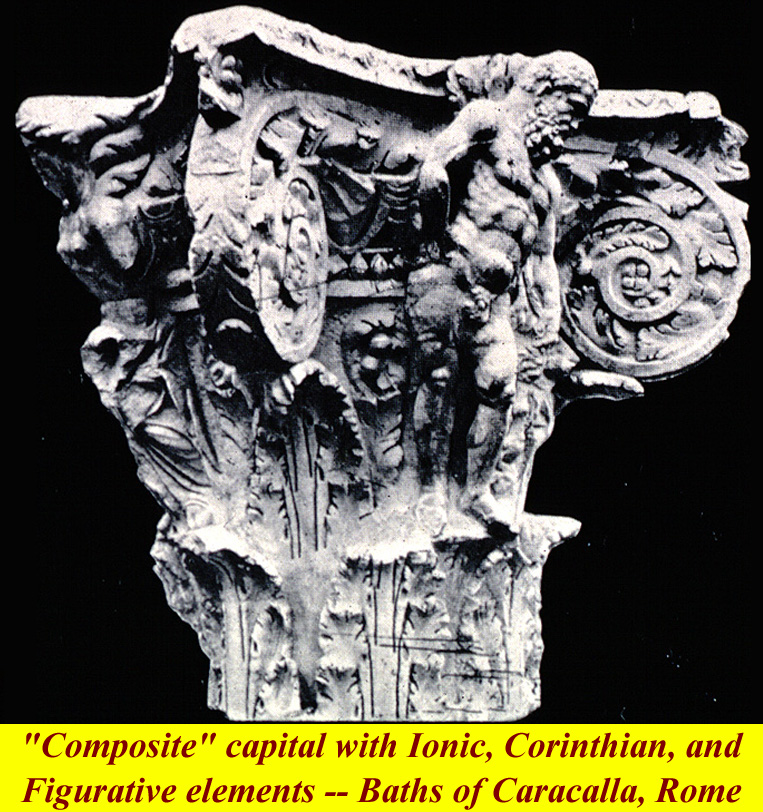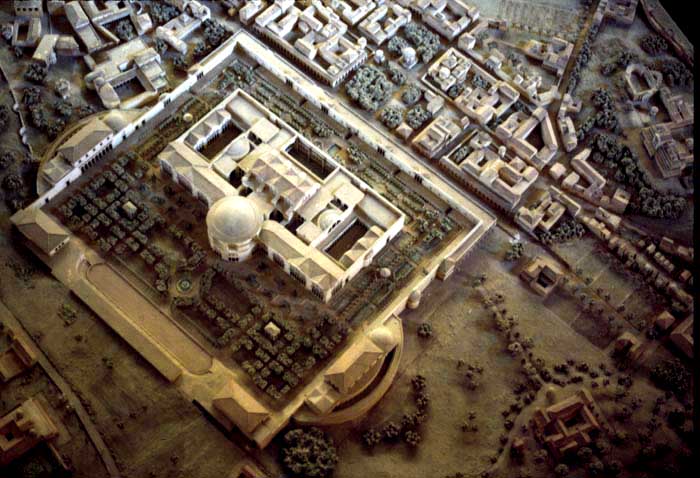
From: http://itsa.ucsf.edu/~snlrc/encyclopaedia_romana/romanurbs/bathscaracalla.html
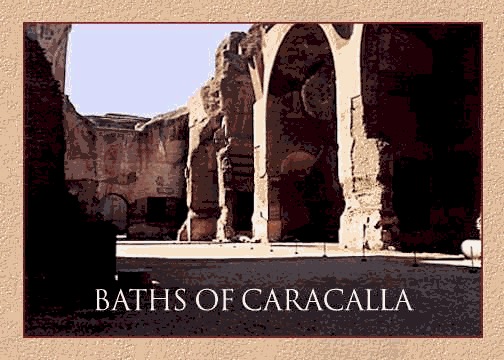
This view shows the three vaulted bays of the frigidarium.
Baths of Caracalla

From: http://itsa.ucsf.edu/~snlrc/encyclopaedia_romana/romanurbs/bathscaracalla.html

This view shows the three vaulted bays of the frigidarium.
Characteristically Roman, the thermae were an important part of its social life, where most citizens lived in crowded tenaments (insulae) without running water or sanitary facilities.
Dedicated in AD 216, the Baths of
Caracalla (Thermae Antoninianae) were in use until the aqueducts that fed
them were cut by Genseric the Vandal in AD 537. The soaring ruins, which
once held as many as 1,600 bathers, still impress the visitor.
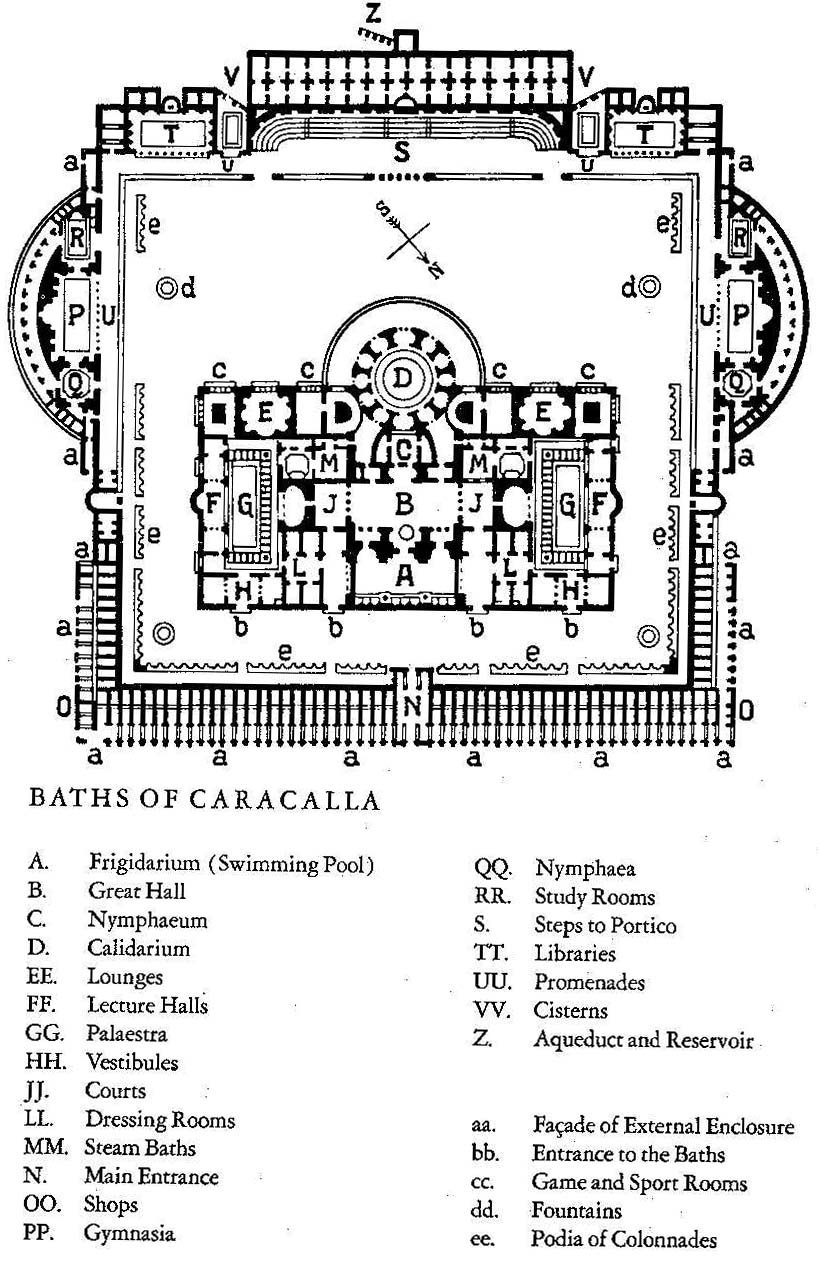
The baths (thermae) were designed along a central axis: the caldarium or hot bath; a smaller area for the tepidarium or warm bath; the basilica, which held the frigidarium or cold bath; and the natatio, an open-air bathing pool. Symmetrically arranged on either side of the baths were rooms for changing, massage, depilation, and medicinal use. From the changing rooms (apodyteria), one would go to the gymnasia (palaestrae) to exercise and from there to a sauna (laconica) to induce an even greater sweat. Then the bather passed to the caldarium, after which he scraped his skin clean with a strigil, and to the tepidarium for a cooler bath and, finally, to the frigidarium for a bracing plunge in a cold bath, which was the regimen recommended by Galen, himself.
One then could swim in the natatio; admire the sculptures, for which the baths were famous, including the massive figures of the Farnese Bull, the Farnese Hercules, and the Belvedere Torso; read at the libraries; walk the grounds; or, as Trimalchio does in the Satyricon, be carried off in a litter to a dinner party.
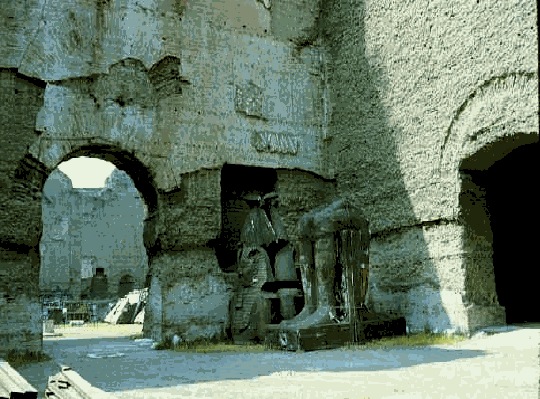 Egyptian
Statuary
Egyptian
Statuary
